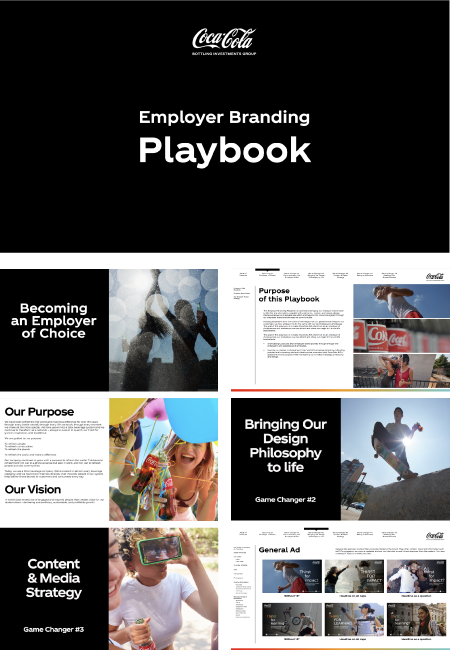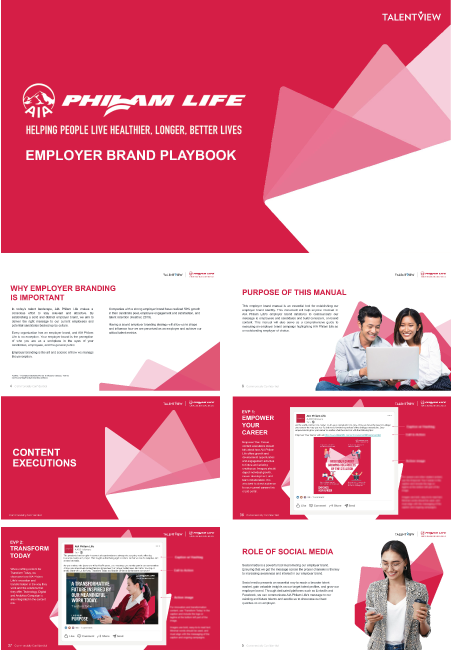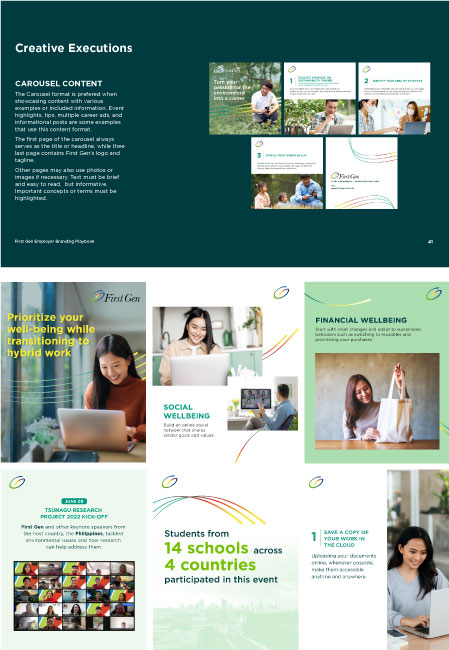What Makes an Ideal Virtual Team
For most companies nowadays, working remotely and meeting their employees virtually is the best solution for business continuity amidst the pandemic. However, as a business leader, how can you ensure the effectiveness of your virtual team?
Here are the four must-haves for an ideal virtual team:
The Right Team Composition
Having the right team means having people who share common competencies like good communication skills, high emotional intelligence, and work independence. When creating your team, you must have a balance of competencies and abilities. Keep in mind that having too many members on your team may pose some challenges like communication barriers due to the size of the team and being virtual. Keeping your team lean but still efficient is ideal, as it can foster better engagement and collaboration among team members.
As for the roles of each team member, you should identify sub-teams to perform particular tasks. You may base the composition of these sub-teams to the nature of your people’s specific roles, for example, core, operational, and the outer team members. The core usually represents the executives that are accountable for the strategy; the operational group takes on decisions about daily work; lastly, the outer network usually consists of temporary, part-time, or outsourced members of the team.
Build and Grow Trust Virtually with Regular Communication
Building trust is a crucial aspect to ensure that your team members are working together and are fully engaged. By allocating time during your conference calls for personal updates about how your team members are feeling and if they are currently experiencing some challenges can help develop the trust and confidence of your virtual team.
Encouraging open dialogue is also another valuable skill of a good team leader. Fostering healthy communication within your team can increase cooperativeness and collaboration among your members. By being able to interact with your team members and clarify their goals, leading a virtual team can be much easier.
The Right Touchpoints
Having stronger virtual teams is becoming more critical now as many organisations have opted to keep operations on a work-from-home basis. Creating a good employee experience is crucial in a virtual team to keep them fully motivated and engaged. Employers need to invest in improving each touch point from hiring to virtual onboarding.
The first critical touch point is the introduction. Despite a virtual setup, helping your new hires navigate their new work environment should still involve people. Team introductions are paramount in bringing a virtual team together to form professional bonds that will help in future collaborations and teamwork.
The second critical touch point is onboarding. This step remains crucial both in virtual and in-office settings, helping your new virtual employee to understand the organisation as a whole and how they fit into the puzzle. But virtual onboarding doesn’t have to be tedious and complicated. Streamlining your process through standardisation creates a pleasant onboarding experience both for you and your new hires. You can also manage remote onboarding through productivity and collaboration tools to help you stay on top of the process.
Meanwhile, onboarding is also important for building engagement and culture, which may be challenging to showcase in a virtual environment. A few ideas to effectively build engagement and company culture include scheduling “virtual coffee breaks” where you can introduce your new hires with the team, conducting virtual icebreaker activities, providing job-related training for them, and assigning a peer buddy that will serve as a non-management point of contact for the team.
The third critical touch point is the celebration of milestones. As virtual teams progress and mature, team leaders need to celebrate successes and goals achieved. Small gestures of recognition through team meetings or announcements will go a long way for a remote talent given the limitations of the virtual setup. The goal is to build team momentum to achieve continuous and sustainable success despite being apart and working remotely.
The Right Technology
Since everyone in a virtual team is working from home and far from each other, the technologies used for communication and project management are very important. There is a range of software for project or task management, video conferencing, and team collaboration to utilise. If you temporarily placed your team under a virtual setup, you can take this opportunity to also upgrade your technology and the platforms that you are using which you can bring with you when you resume into an in-office operation. Your virtual team must have access to the software needed for their job, the right training, and the right equipment to make their work-life easier and more efficient.
Learning to manage a team virtually is challenging, but it can definitely help you stay flexible, meet the needs of your employees, and recruit and retain the most talented employees. You can virtually build effective and cohesive teams, starting with the four methods outlined above.
This article first appeared on Talegent website:
https://johnaustin.com.au/2020/10/what-makes-an-ideal-virtual-team/
TalentView is an official partner of Talegent in the APAC region.

TalentView is a leader in employer branding strategy, design and technology. With teams across the ASEAN region, TalentView’s professional solutions help to create memorable experiences across the talent lifecycle to attract, engage and retain talent. Working directly with business leaders in Fortune 1000 companies, TalentView is well-positioned to provide talent insights and is an accredited partner of key global players including Workplace from Facebook, Talegent, Indeed, Hootsuite, Digimind and PhoenixATS.
Copyright © TalentView Asia, 2021 | Privacy Policy

















